Founded in 1905 Japanese Swords and Fittings GINZA SEIKODO
PRODUCT Daisho Katana Unsigned, attributed to Sadamune
- NBTHK Tokubetsu Hozon Token ・ Tokubetsu Hozon Toso Certificate
Daisho Katana Unsigned, attributed to Sadamune
Wakizashi Unsigned, Norishige
Accompanied by a gold and silver lacquer daisho koshirae
Details
- Length
Katana 68.2cm Wakizashi 43cm
- Curvature
Katana 2.4cm Wakizashi0.9cm
- Base Width
Katana 3.01cm Wakizashi 2.6cm
- Top Width
Katana 1.95cm Wakizashi 1.85cm
- Daisho Katana Unsigned, attributed to Sadamune
Wakizashi Unsigned, Norishige
Accompanied by a gold and silver lacquer daisho koshirae
*Please enquire for details - NBTHK Tokubetsu Hozon Token ・ Tokubetsu Hozon Toso Certificate
Sadamune was the student of Masamune and later became his adopted son. He was active from the late Kamakura period to the early Nambokucho period. While he best inherited the style of Masamune, works often display unique traits including a bold construction and subdued appearance.
This piece combines a well refined itame and mokume base with much jinie and fine chikei. The hamon mixes notare and gunome, with deep nioi, pronounced nie, kinsuji, sunagashi, and a bright nioiguchi. The sayagaki by Tanobe Sensei notes that this work is a rare example from the late Kamakura period resembling the Kikko Sadamune.
While Norishige is counted as one of the ten disciples of Masamune, the construction of his works, and dated examples support records from the Muromachi period indicating that he was more likely a student of Shintogo Kunimitsu and subsequently a contemporary of Masamune. This remarkable piece displays typical traits of Norishige including a refined itame and mokume base, a suguha hamon with kogunome incorporating ashi, yo, kinsuji, and sunagashi.
The accompanying gold and silver lacquer koshirae dates from the late Edo period and conveys a remarkable elegance, with the fuchi signed by Okada Masatomo, and the peony crest tsuba by Choshu Masatomo.
-

- ZOOM
-
-
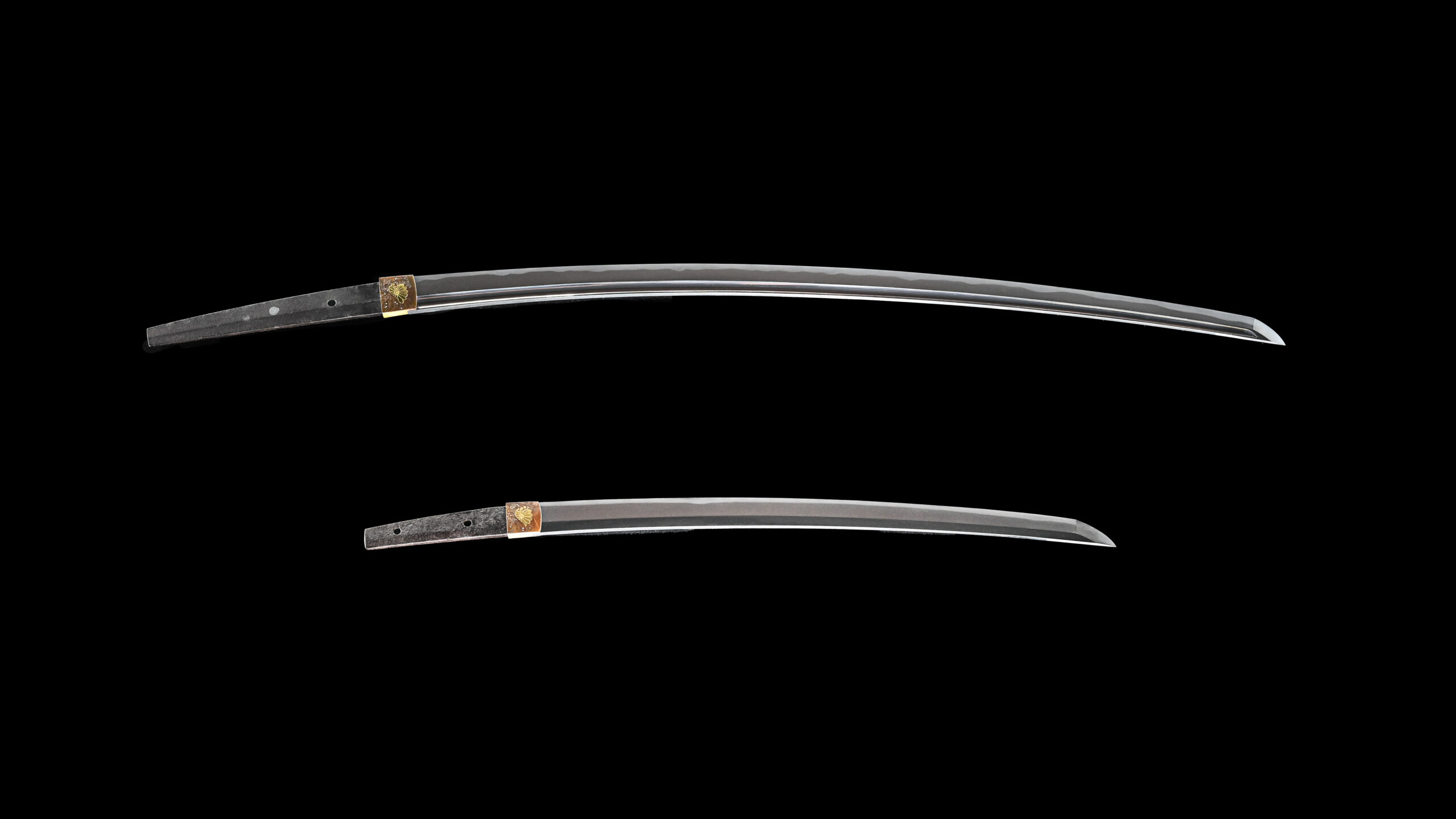
- ZOOM
-
-
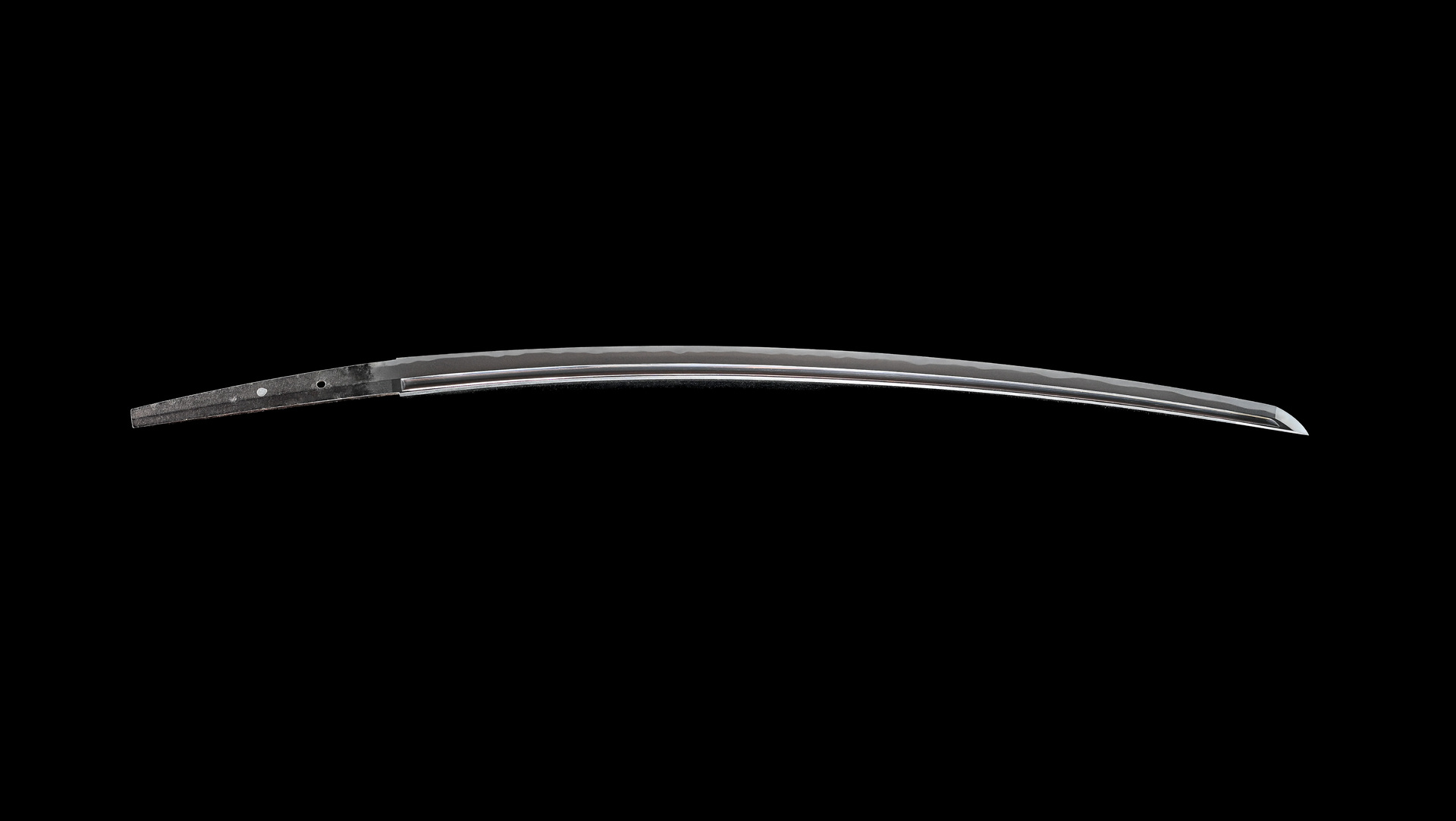
- ZOOM
-
-
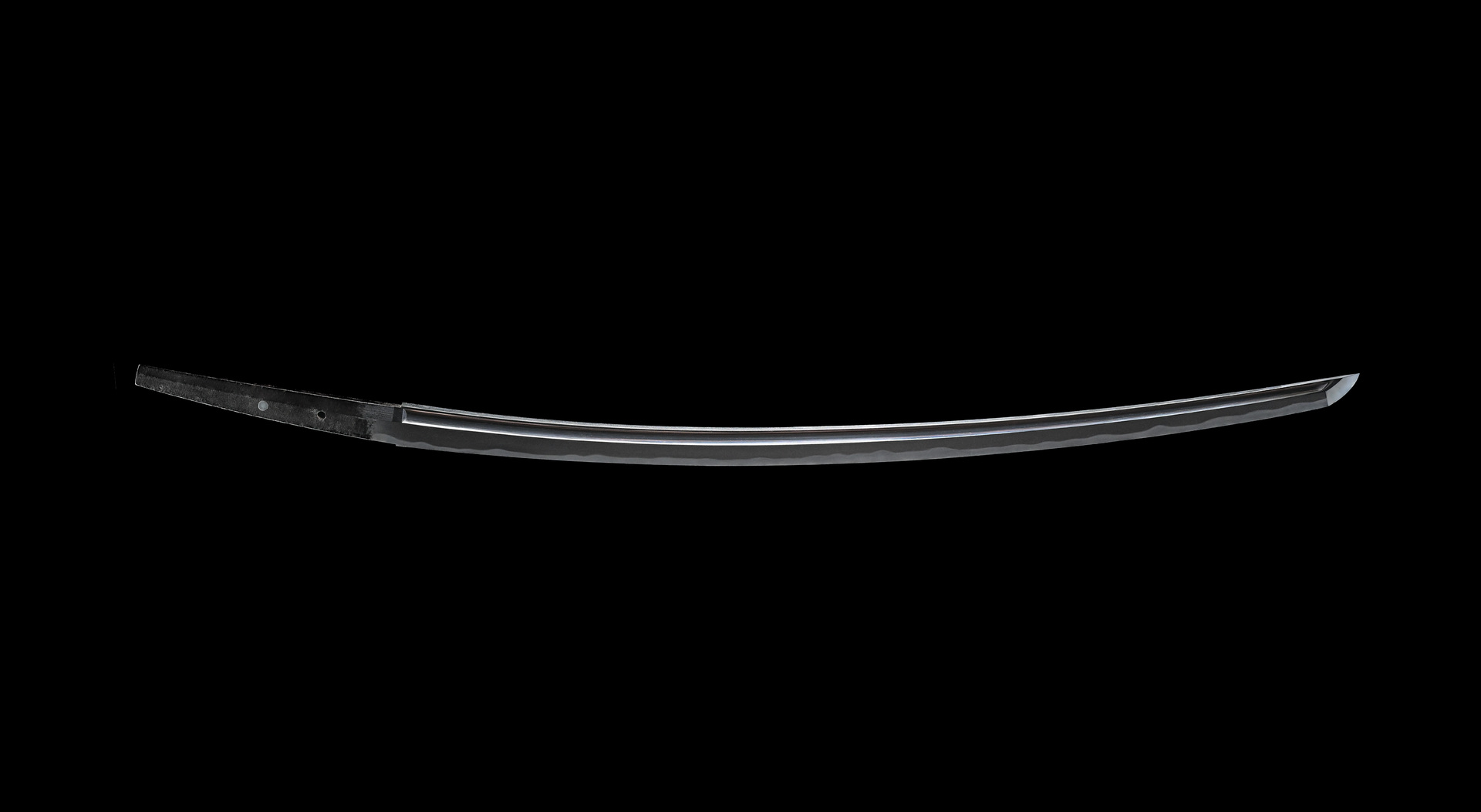
- ZOOM
-
-
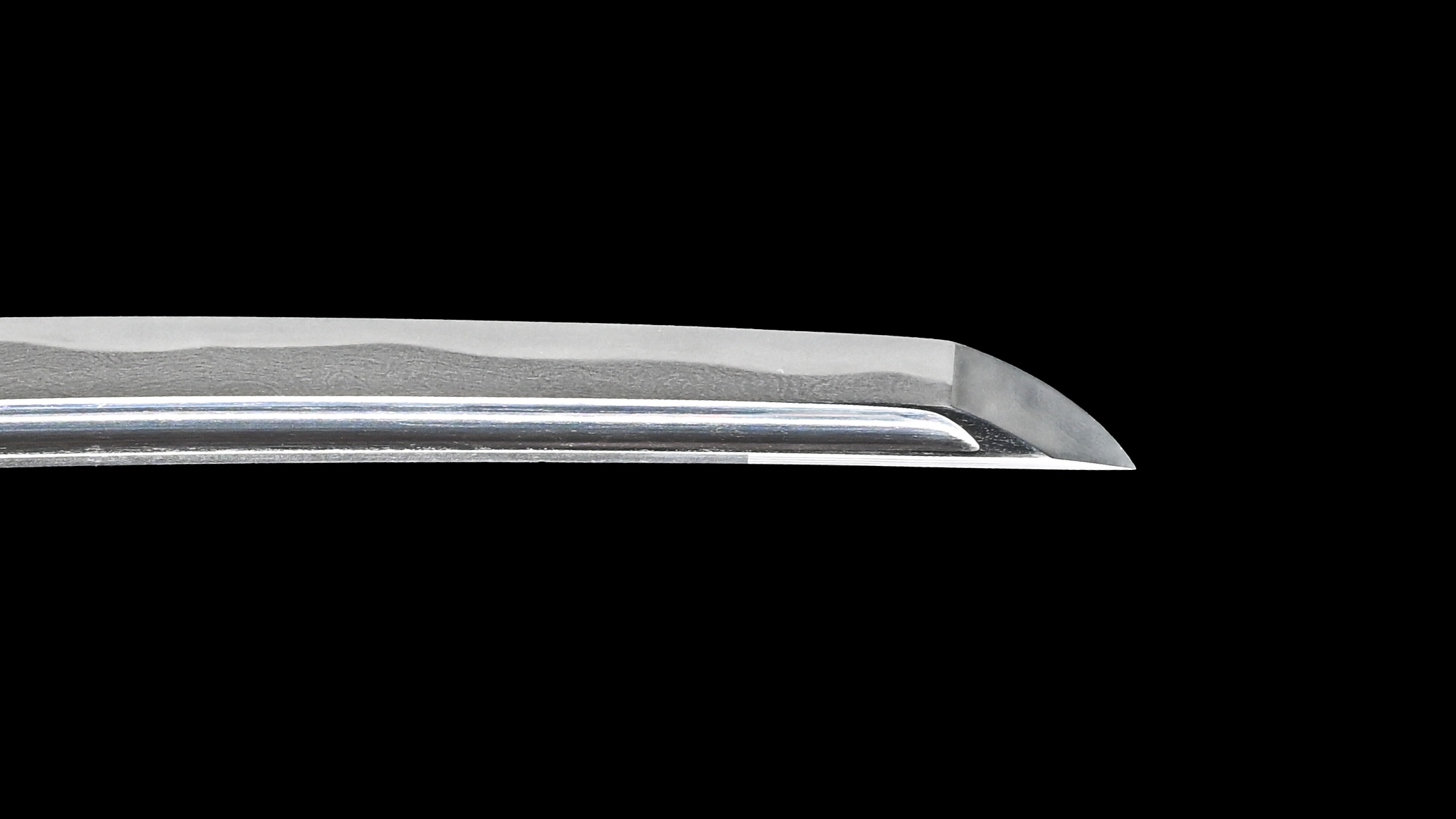
- ZOOM
-
-
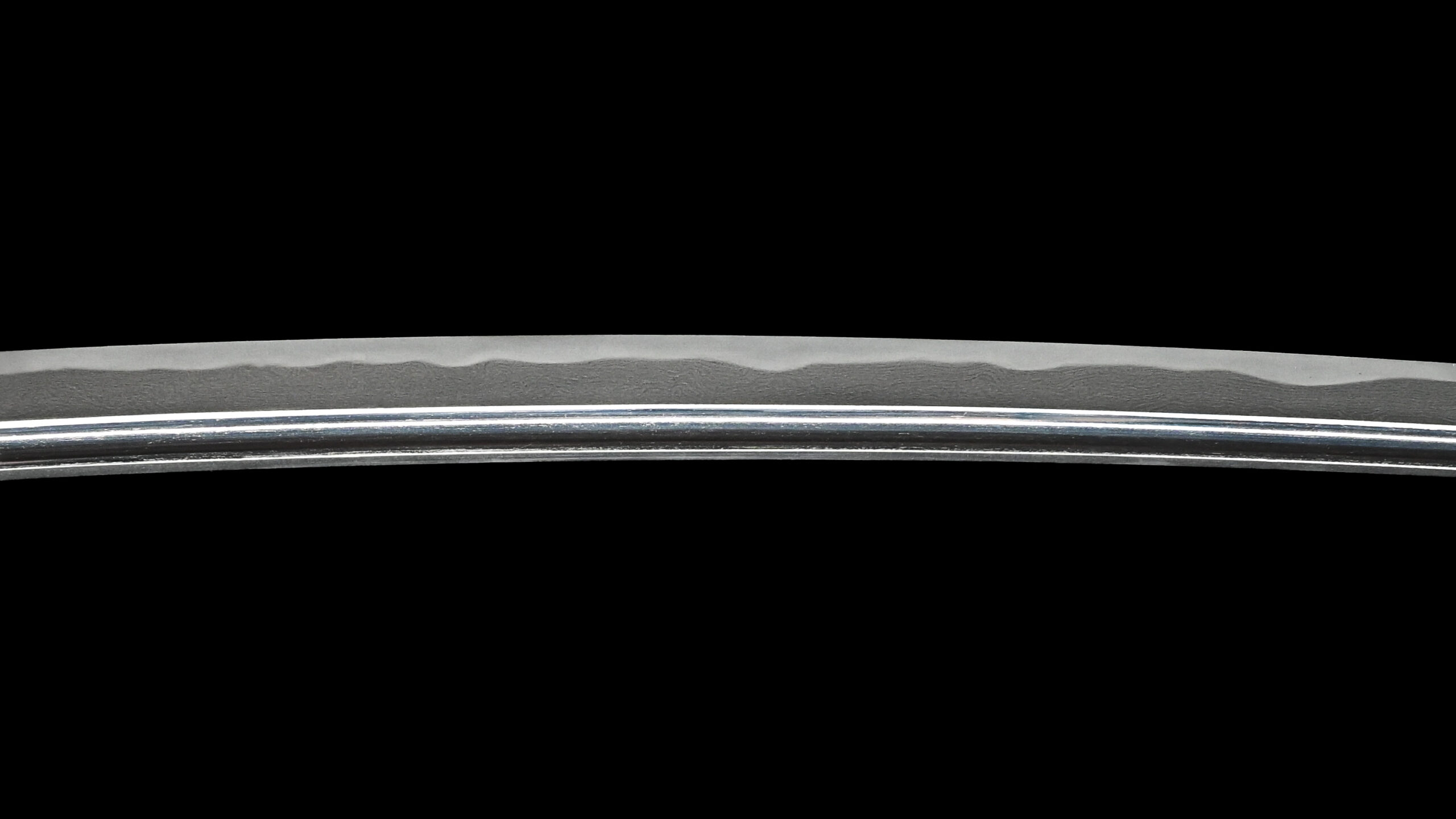
- ZOOM
-
-
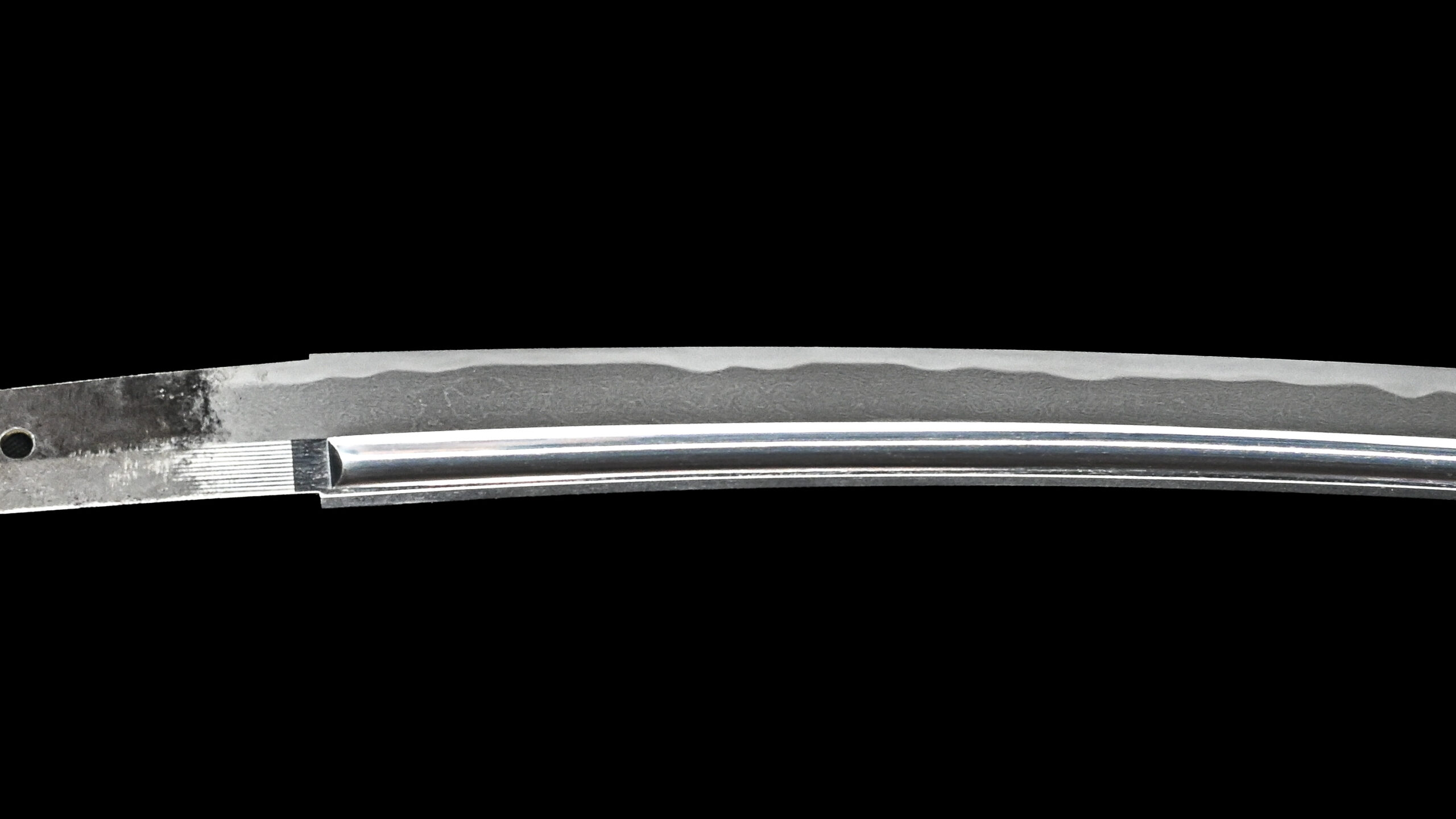
- ZOOM
-
-
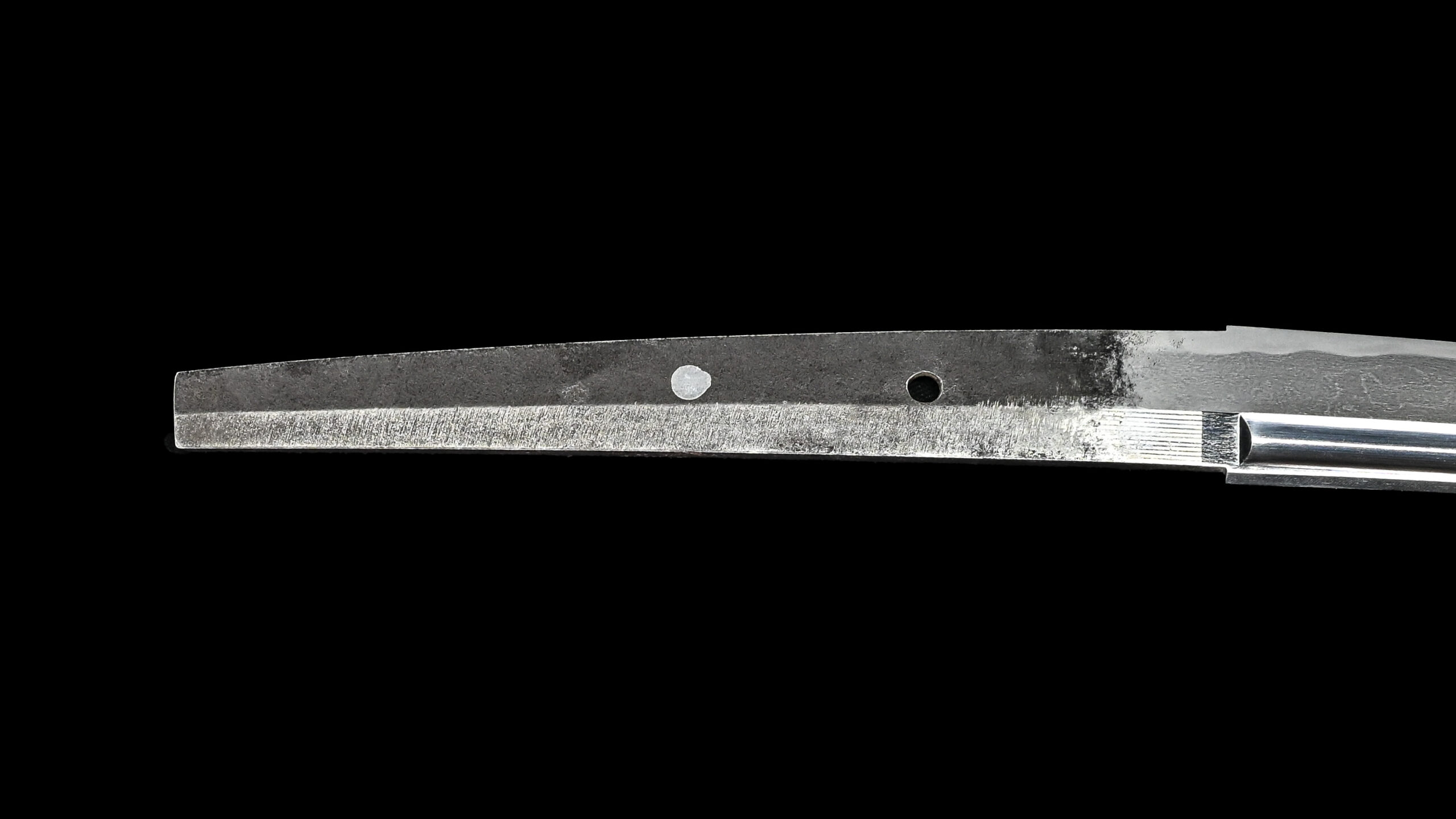
- ZOOM
-
-
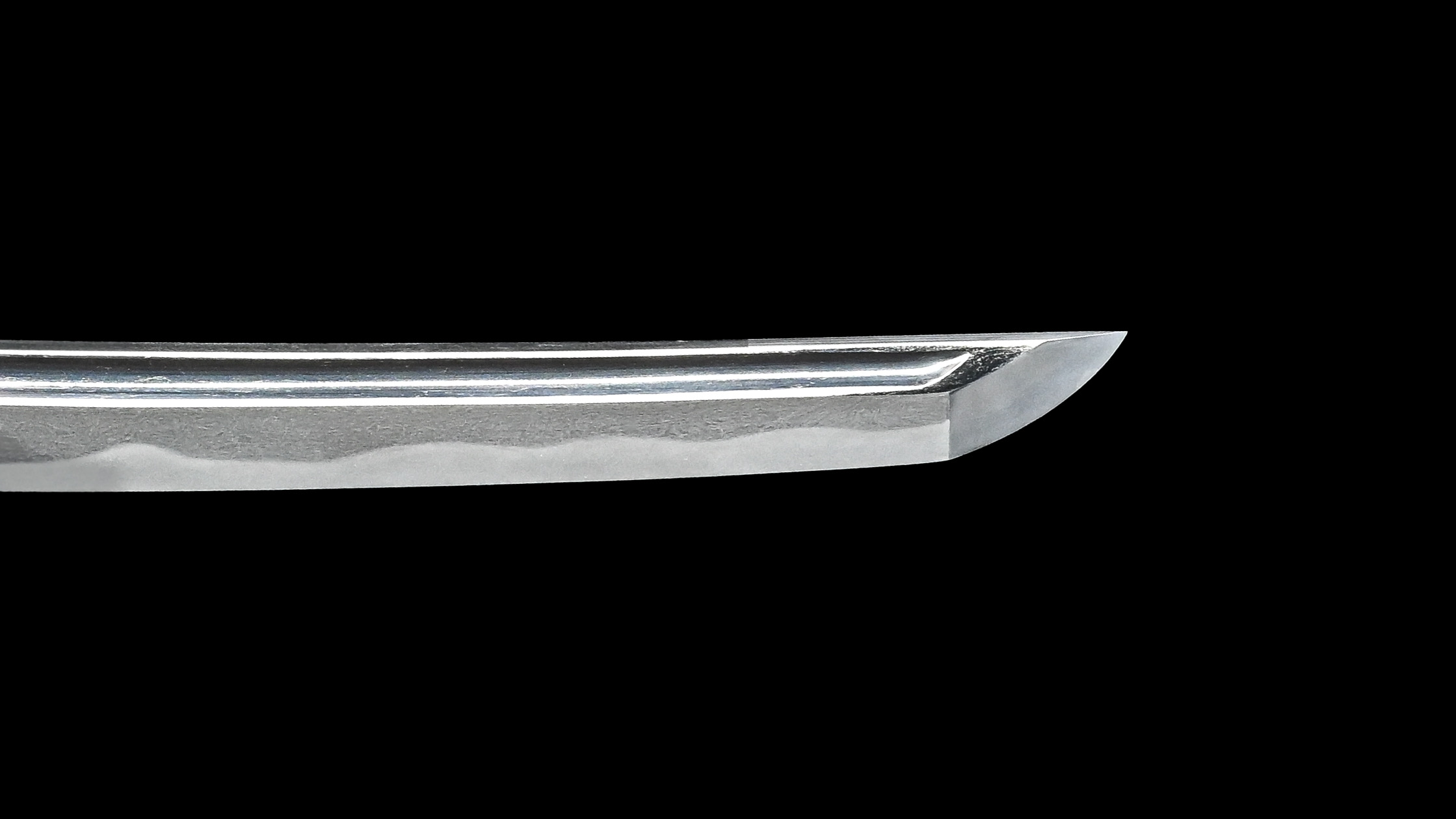
- ZOOM
-
-
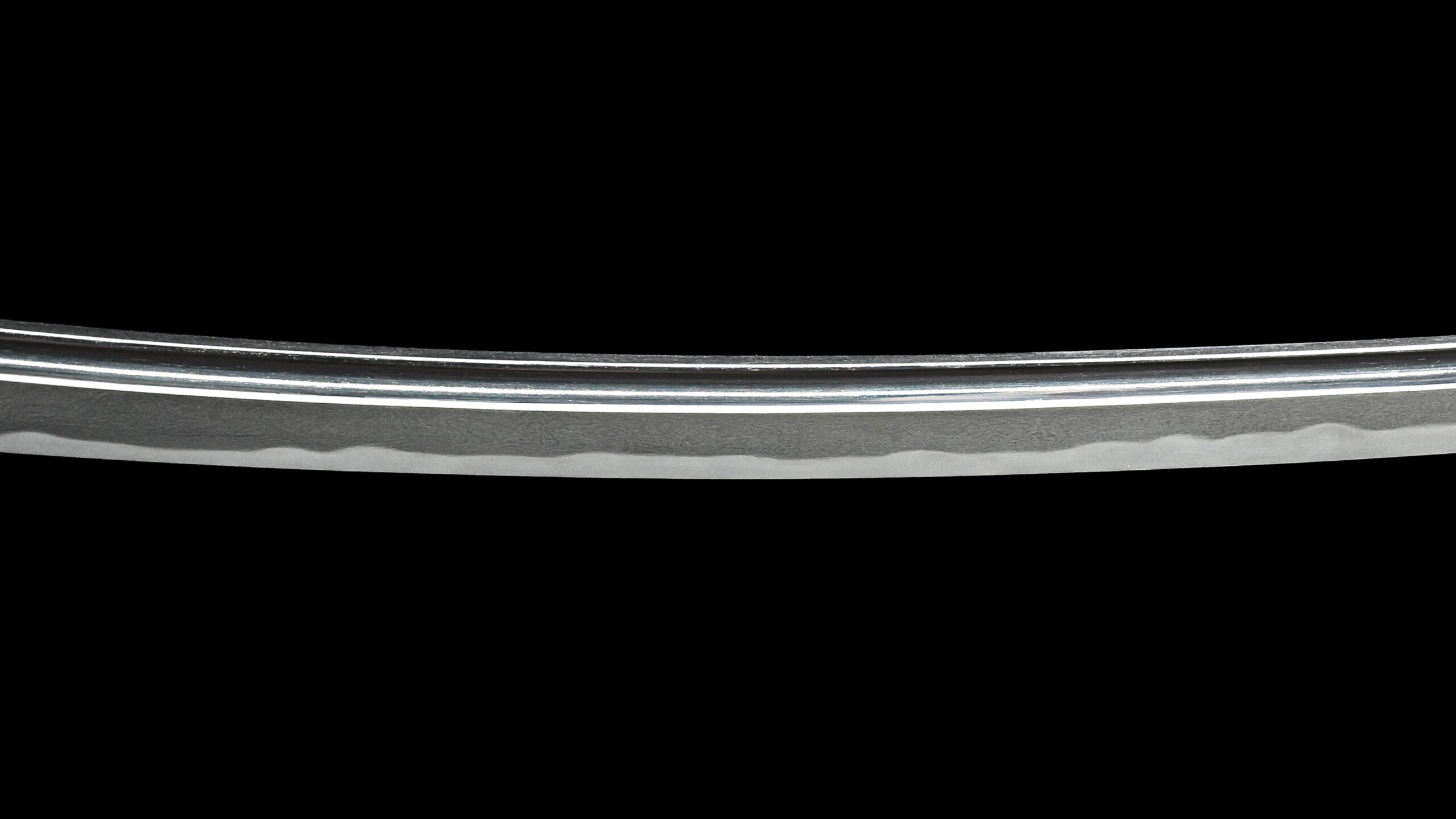
- ZOOM
-
-
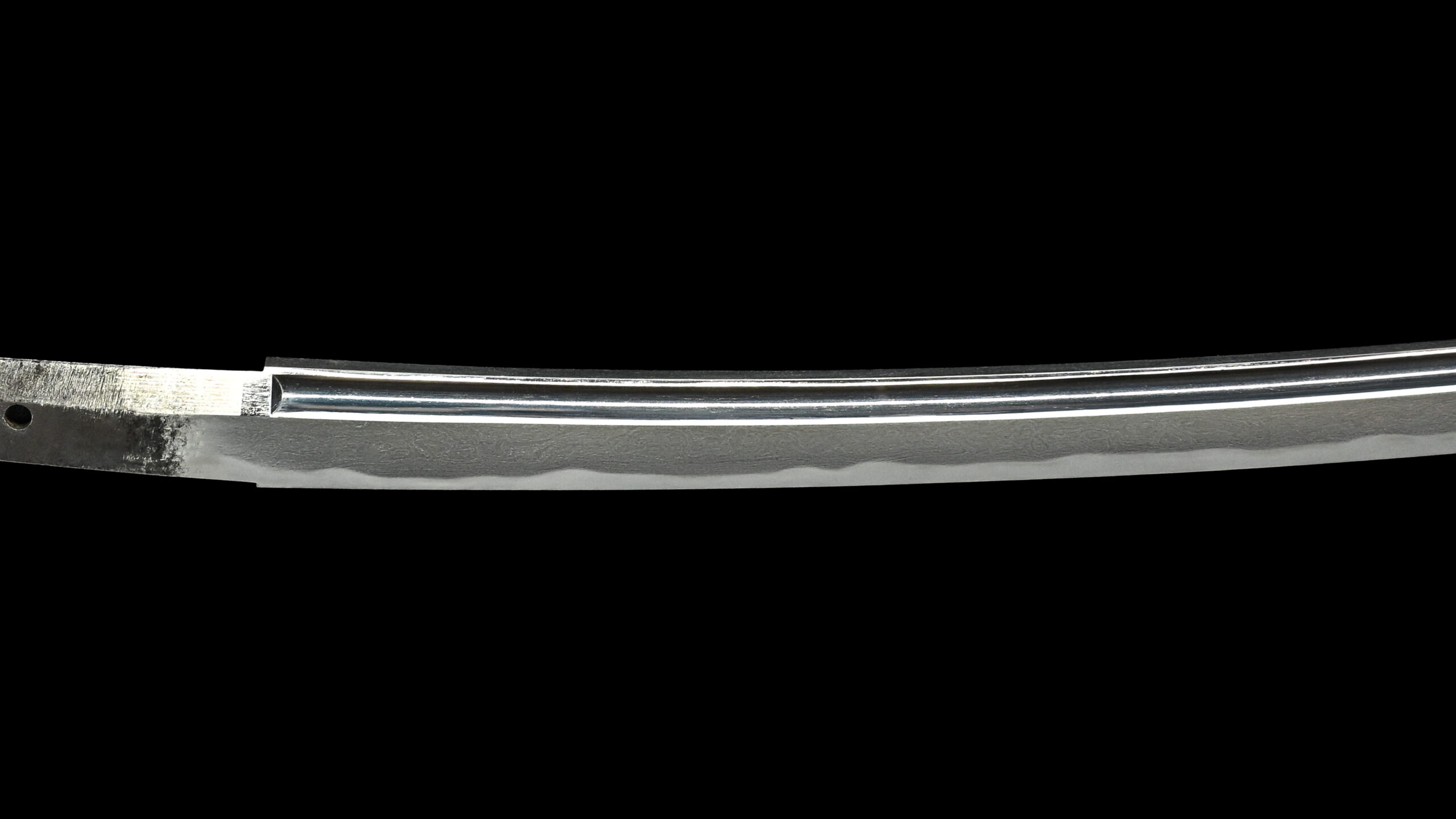
- ZOOM
-
-
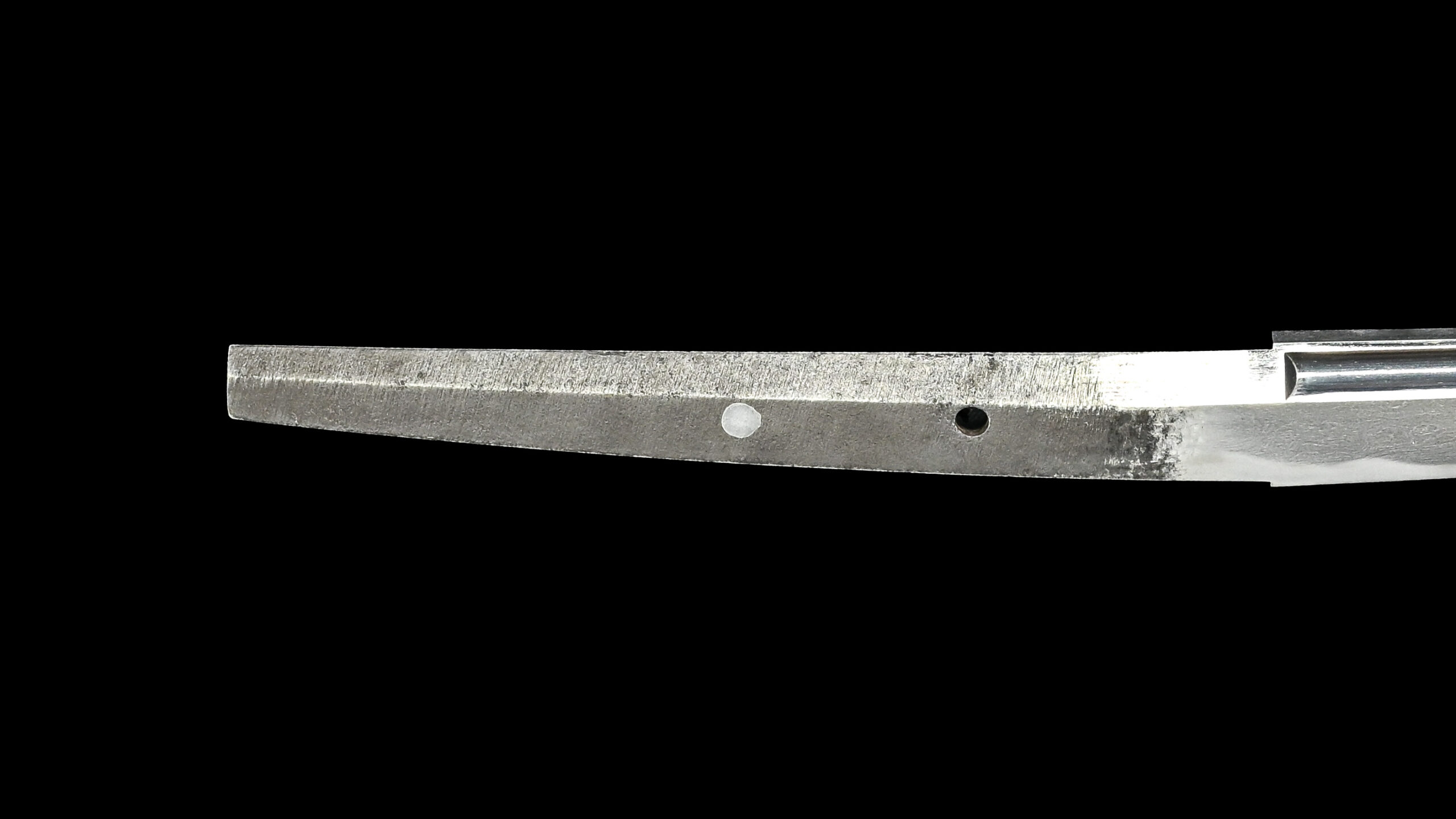
- ZOOM
-
-
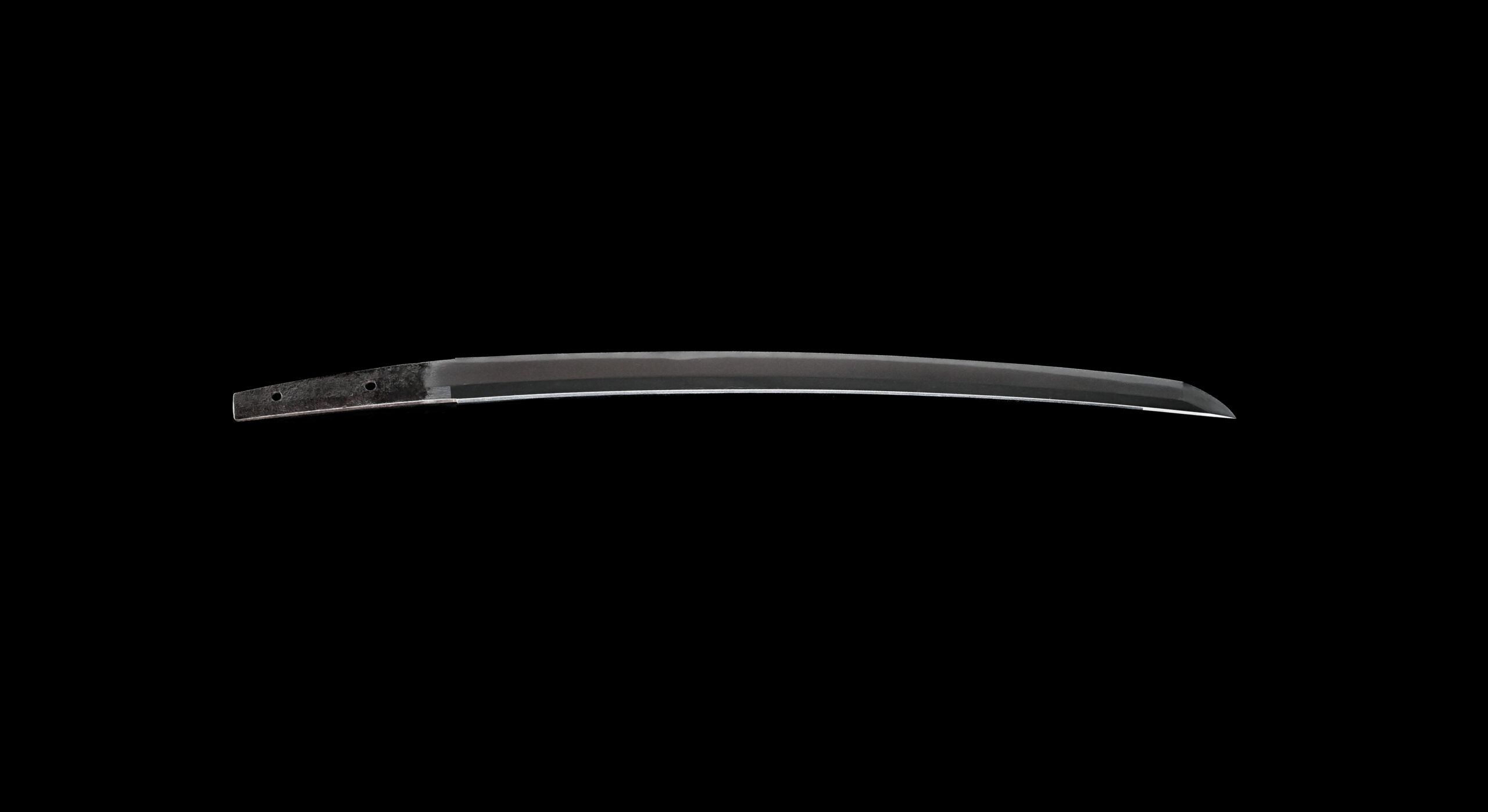
- ZOOM
-
-
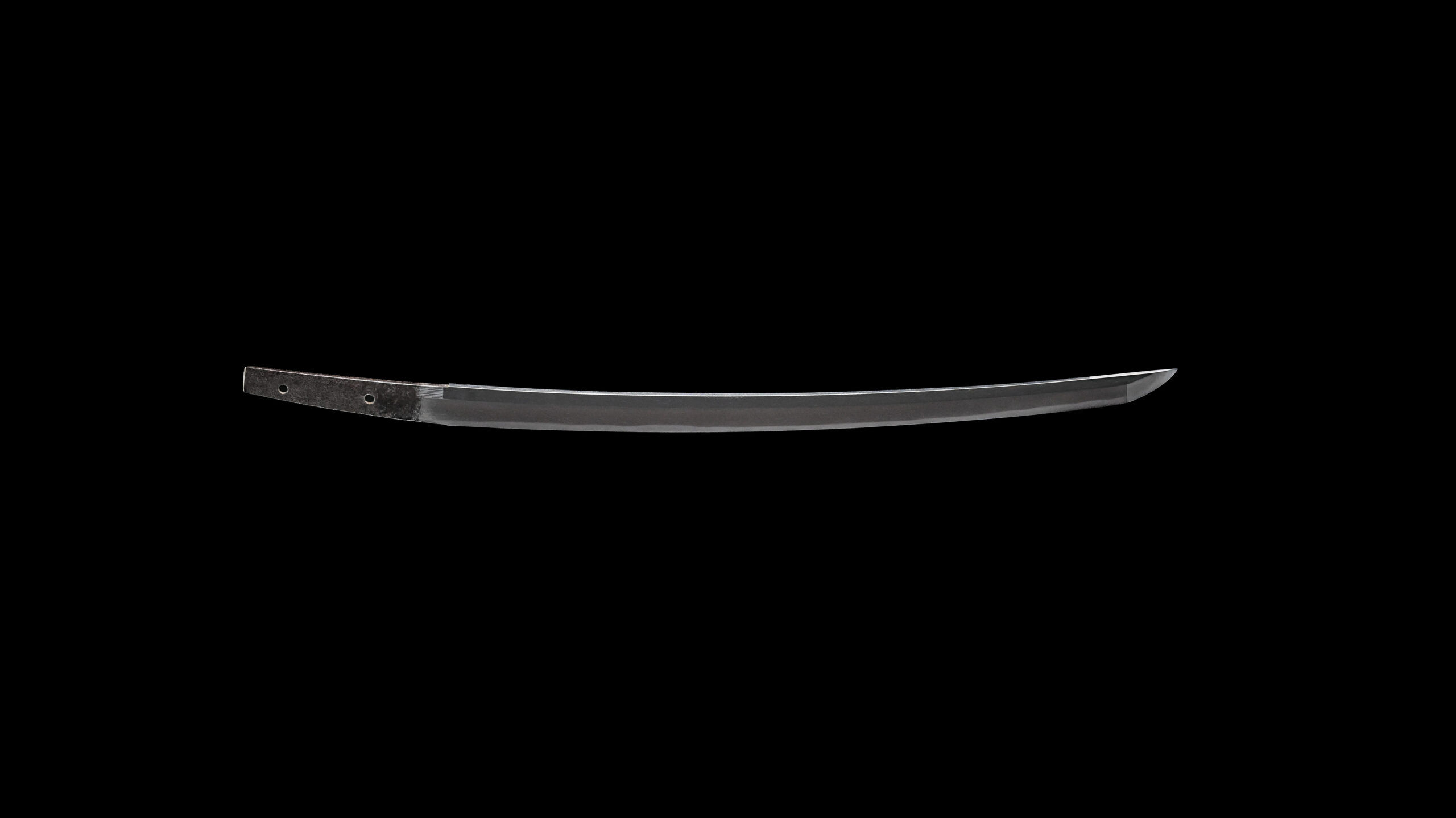
- ZOOM
-
-
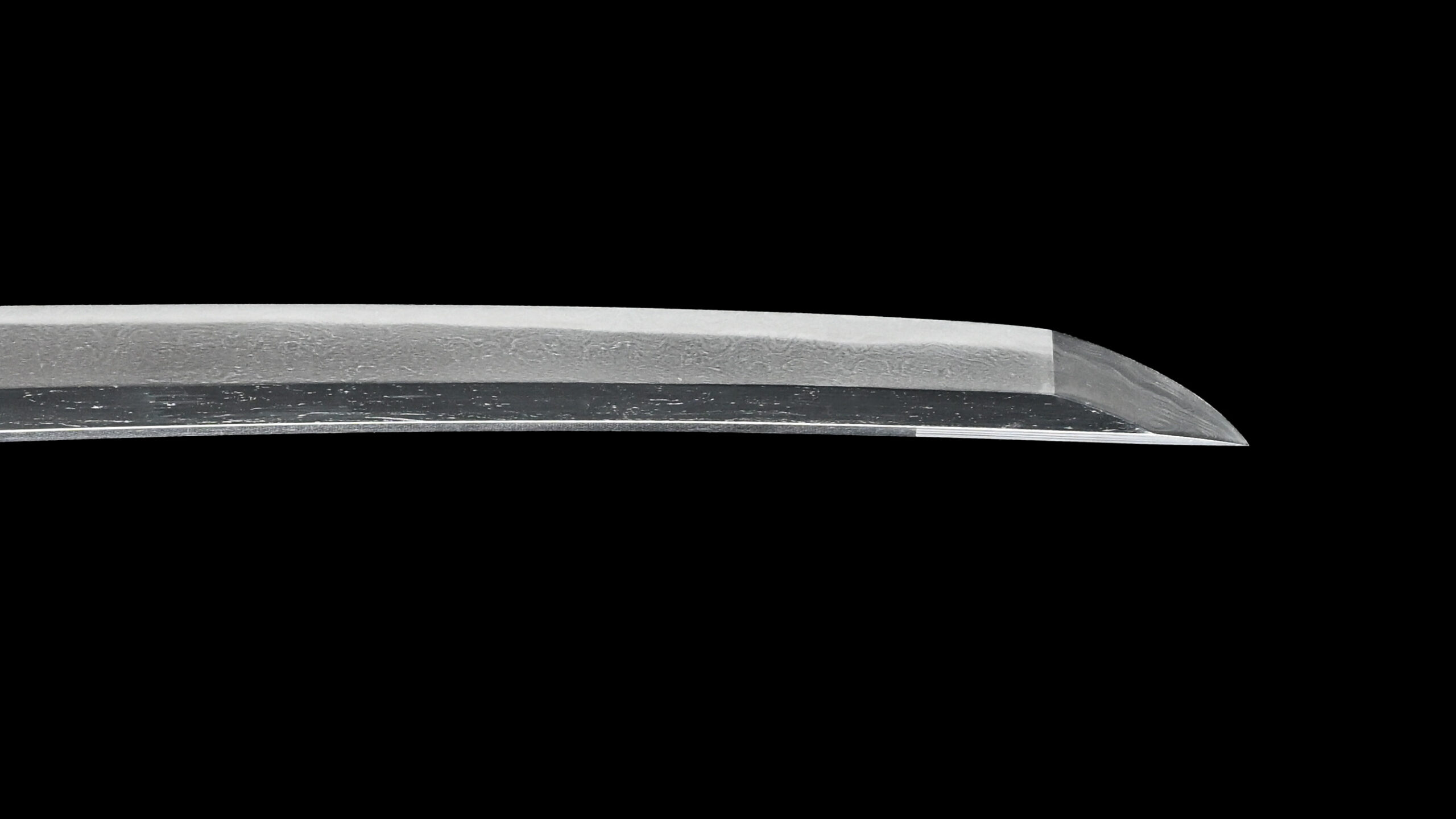
- ZOOM
-
-
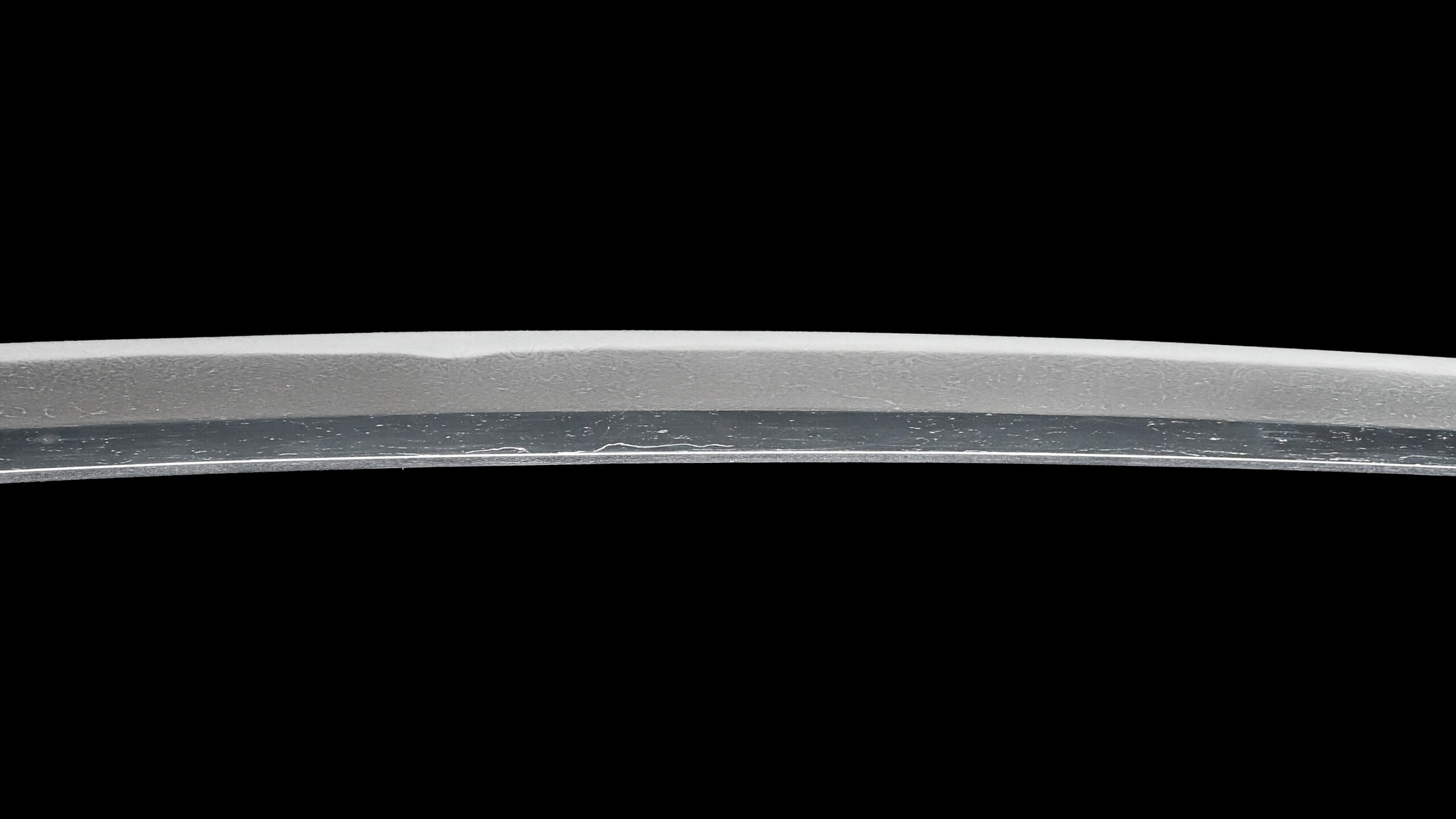
- ZOOM
-
-
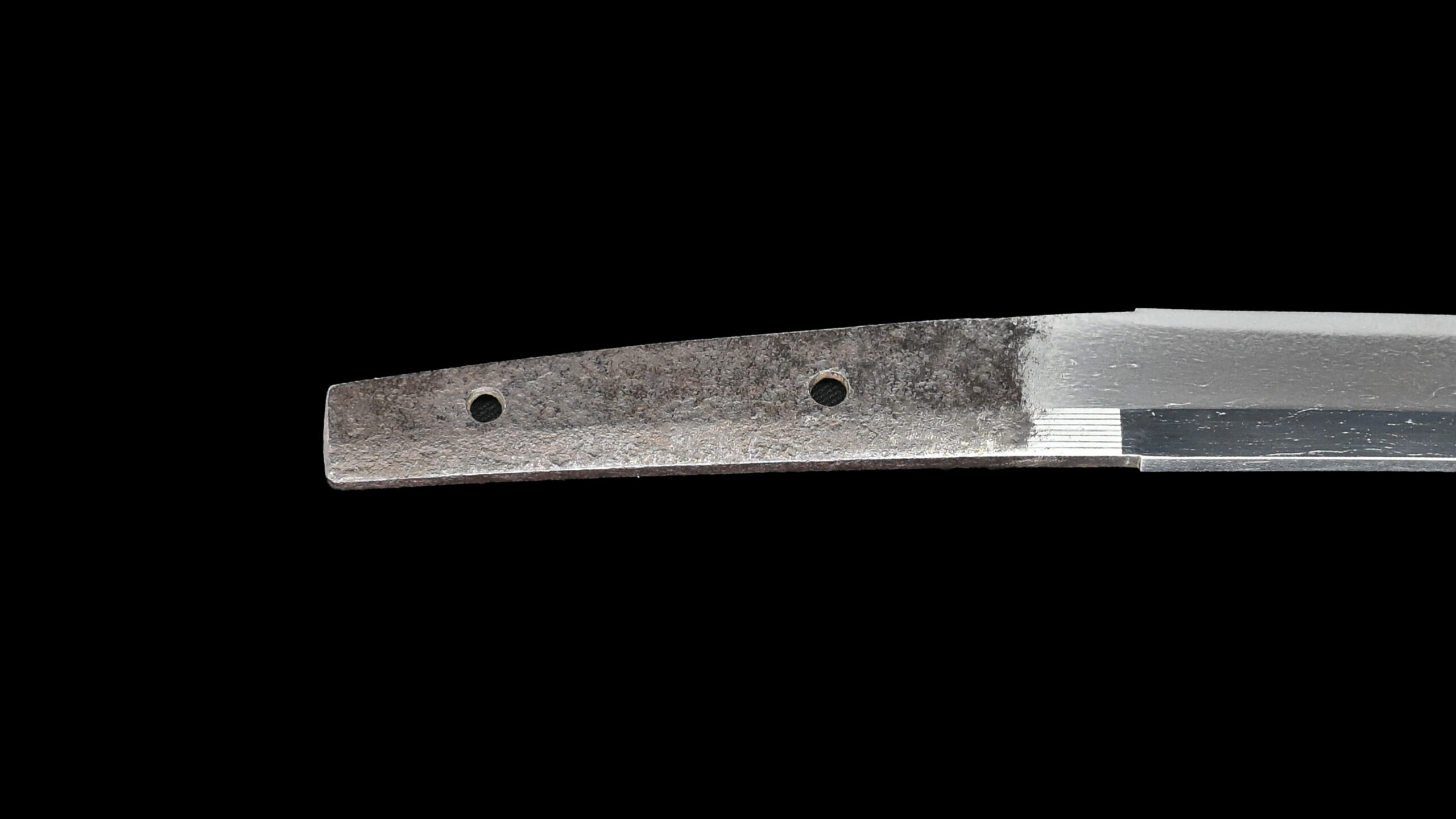
- ZOOM
-
-
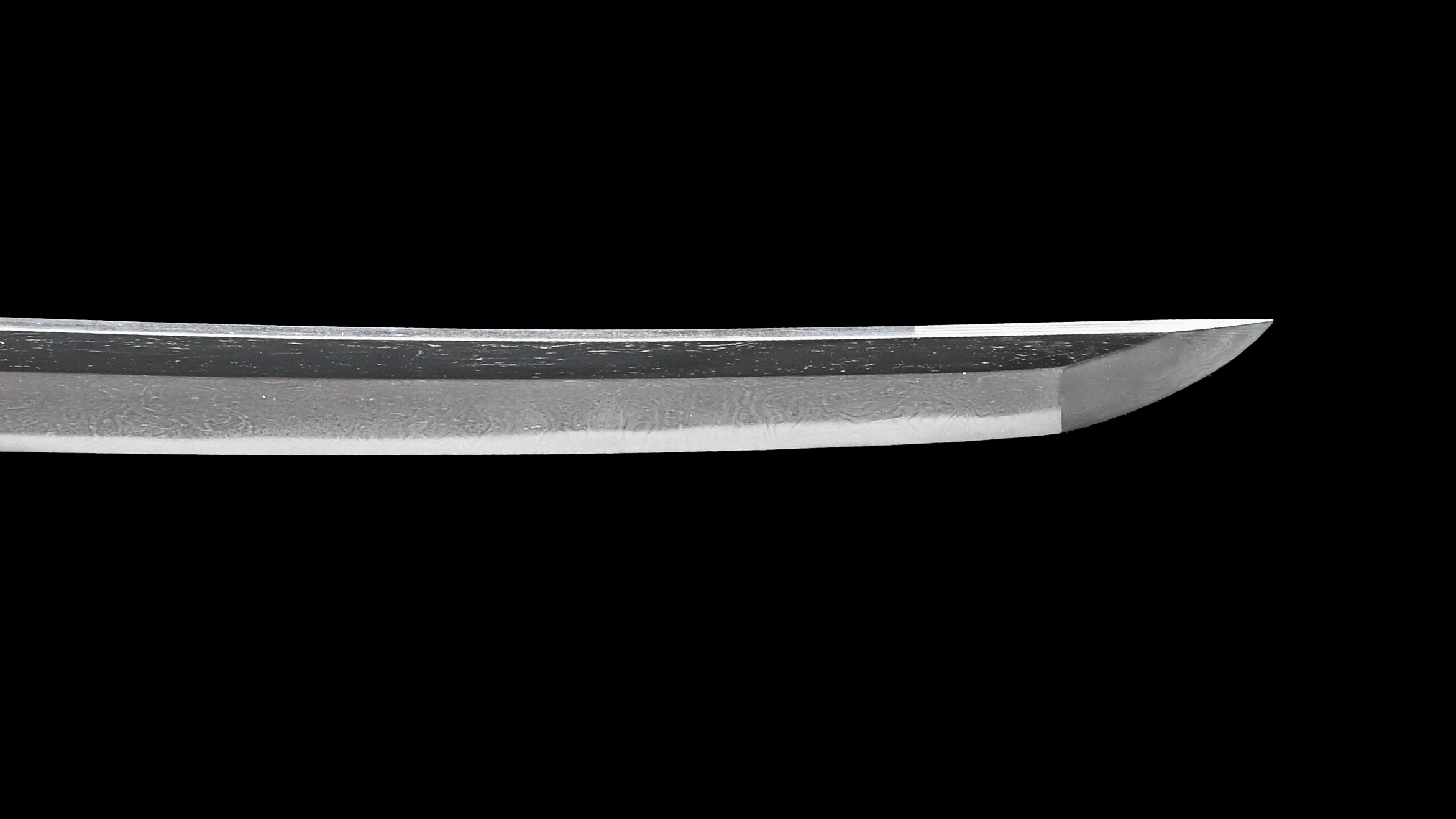
- ZOOM
-
-
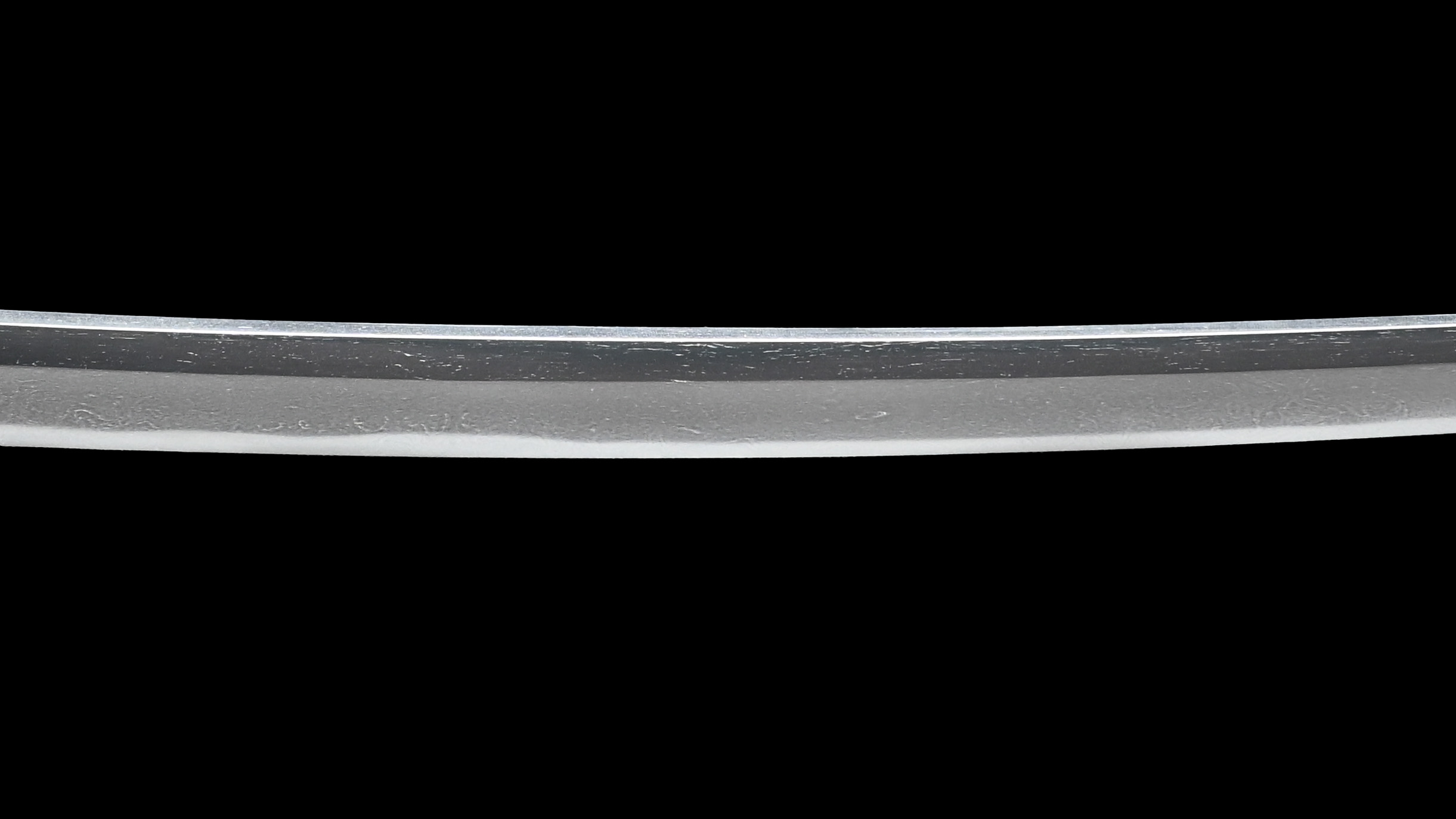
- ZOOM
-
-
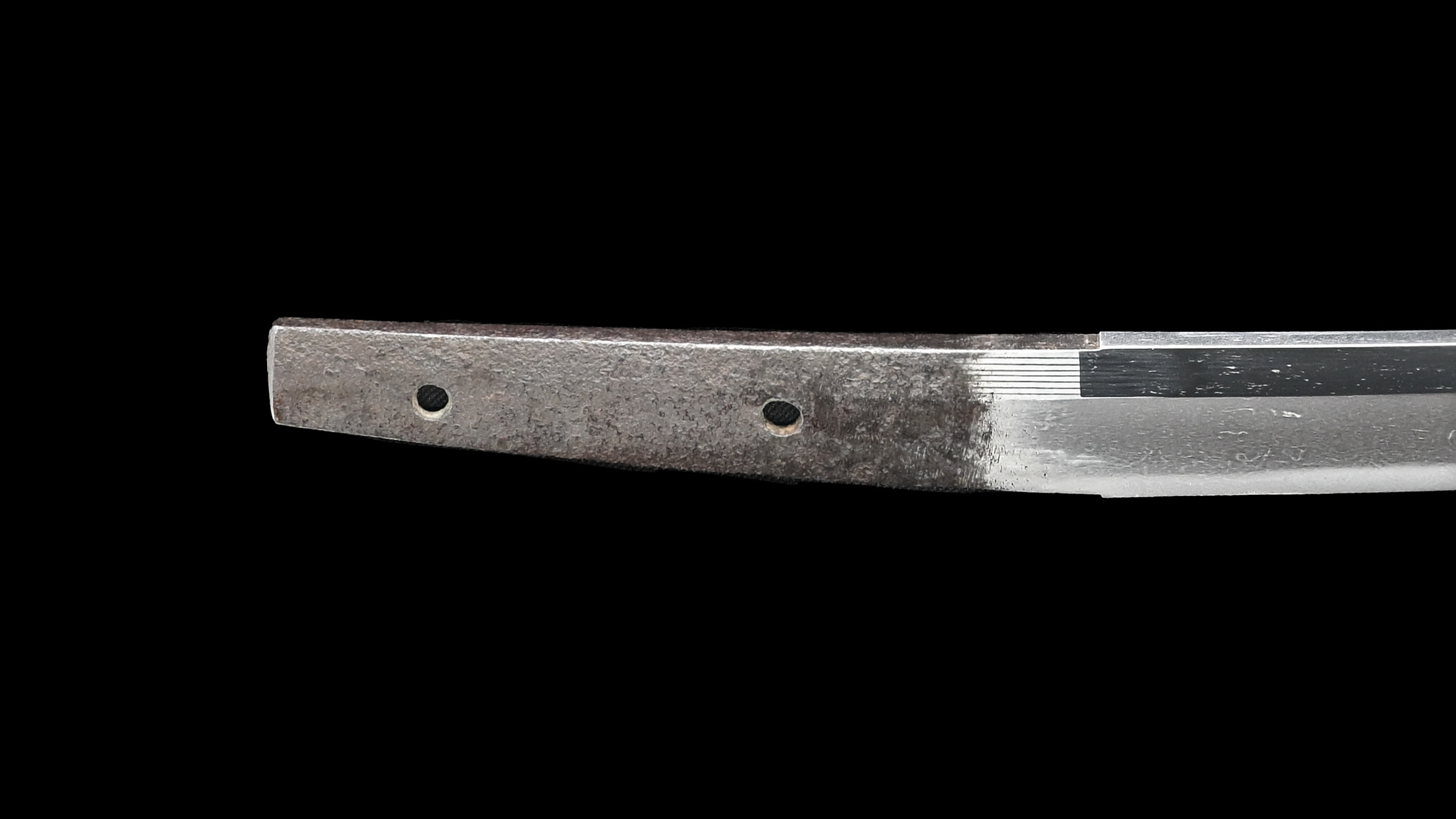
- ZOOM
-
-
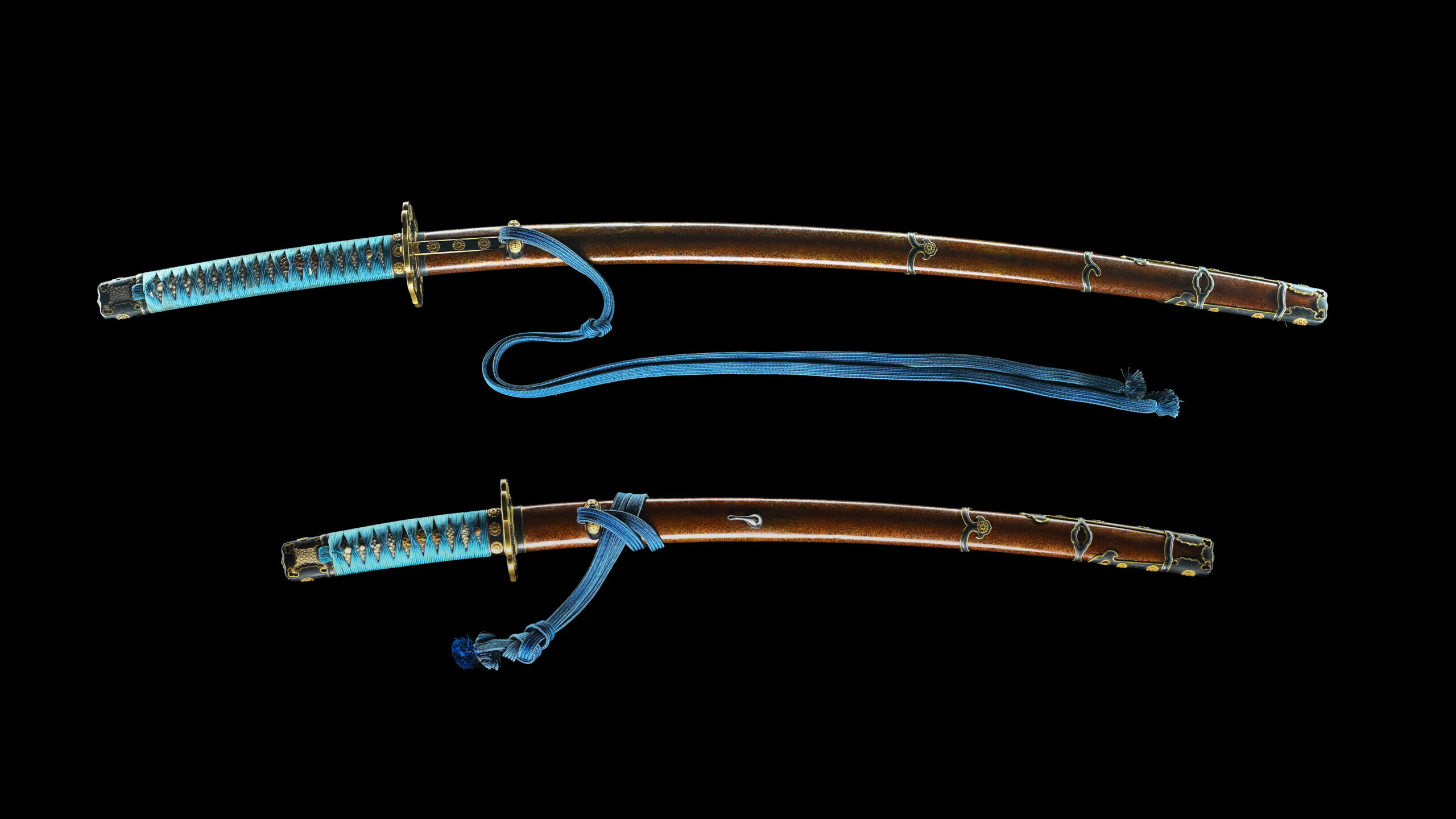
- ZOOM
-
-
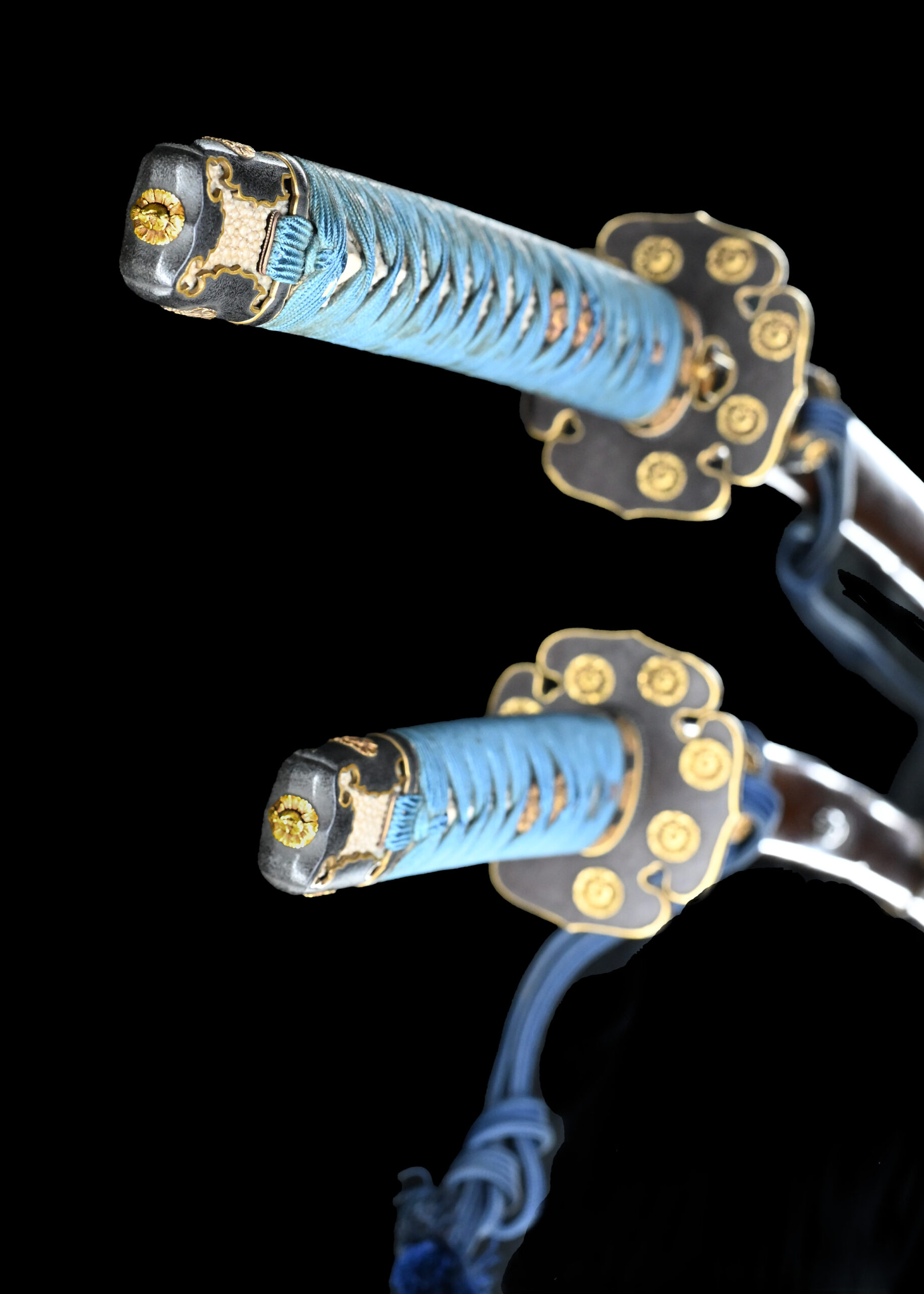
- ZOOM
-
-

- ZOOM
-
-
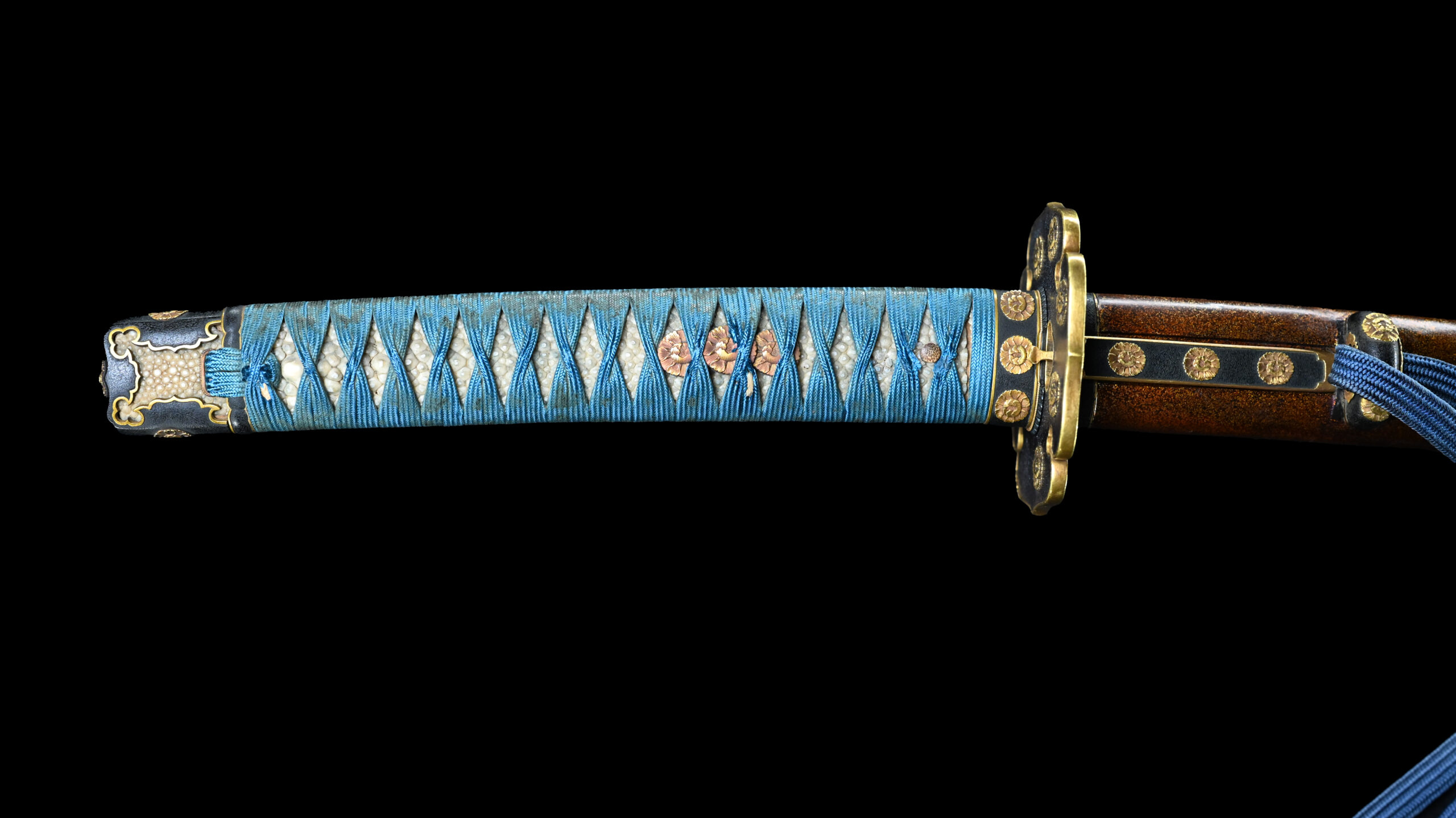
- ZOOM
-
-
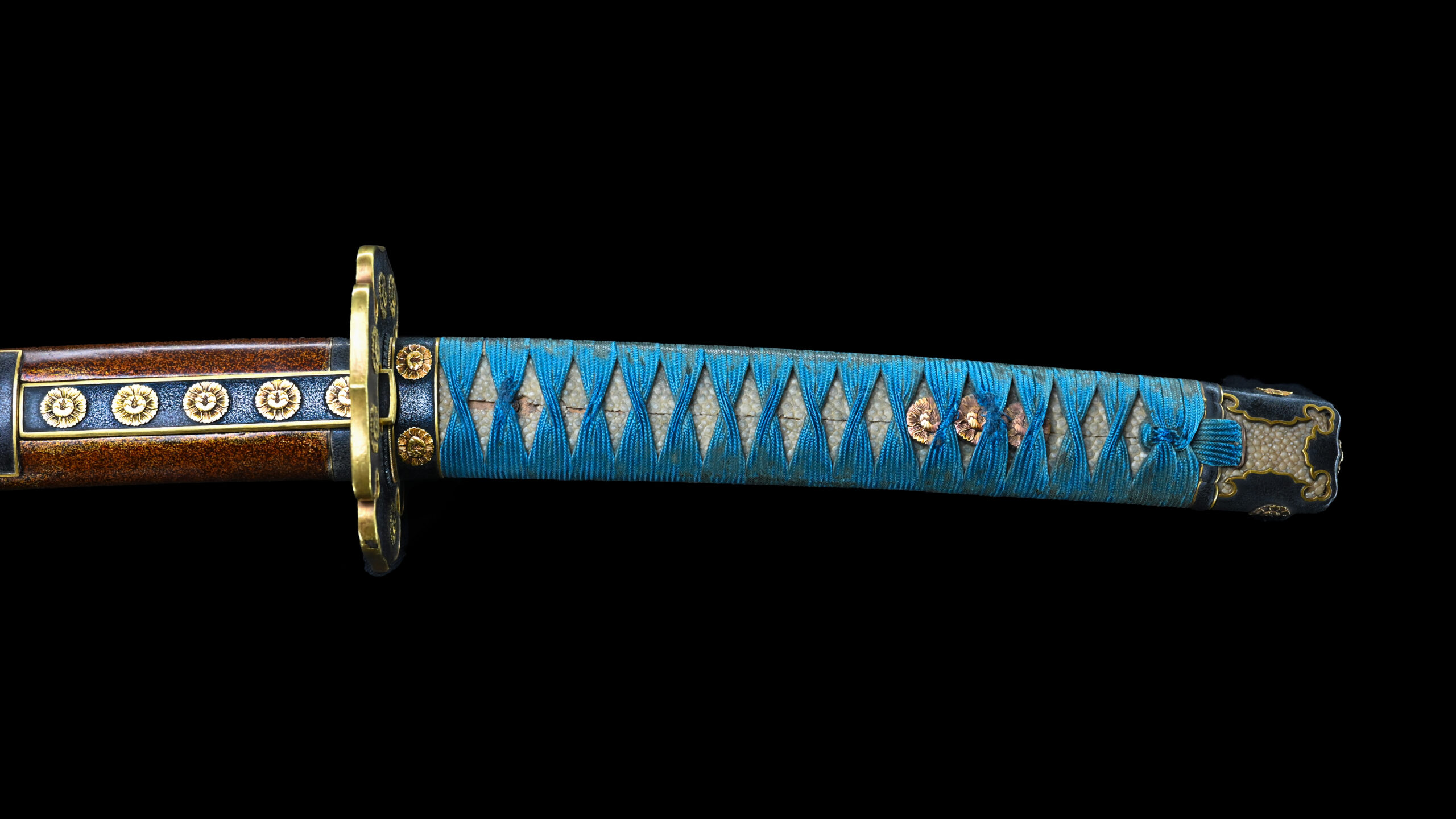
- ZOOM
-
-
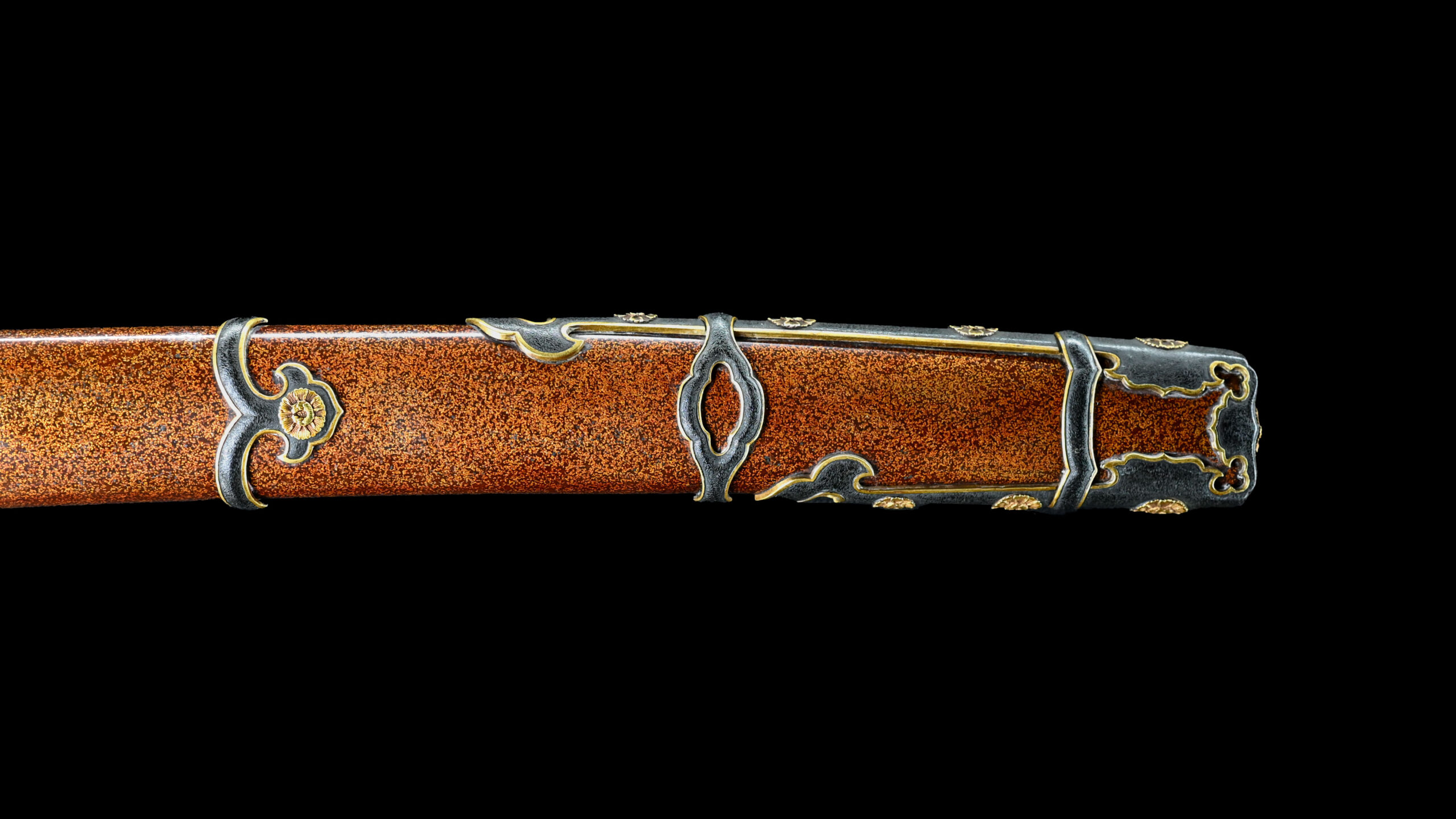
- ZOOM
-
-
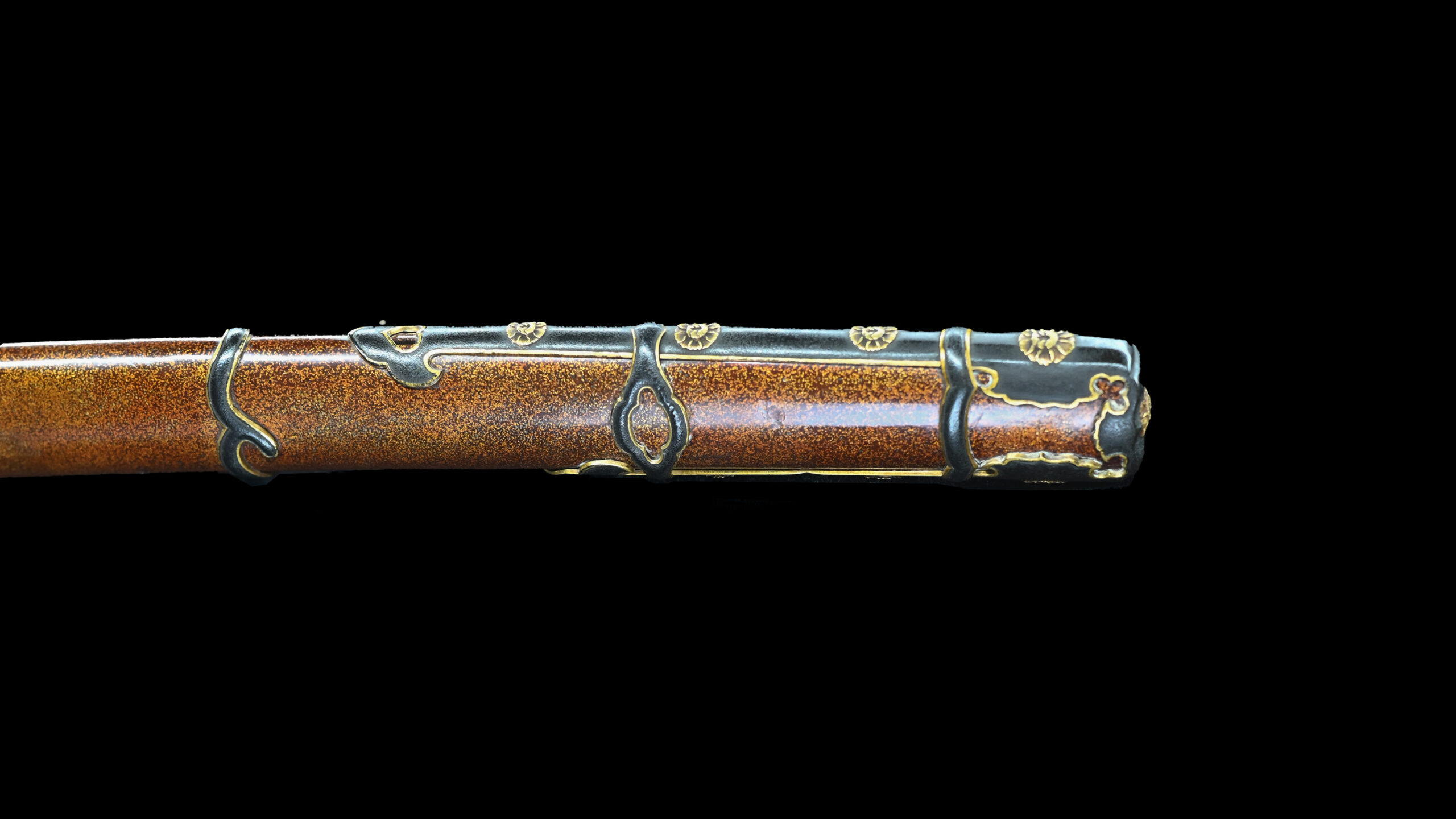
- ZOOM
-
-
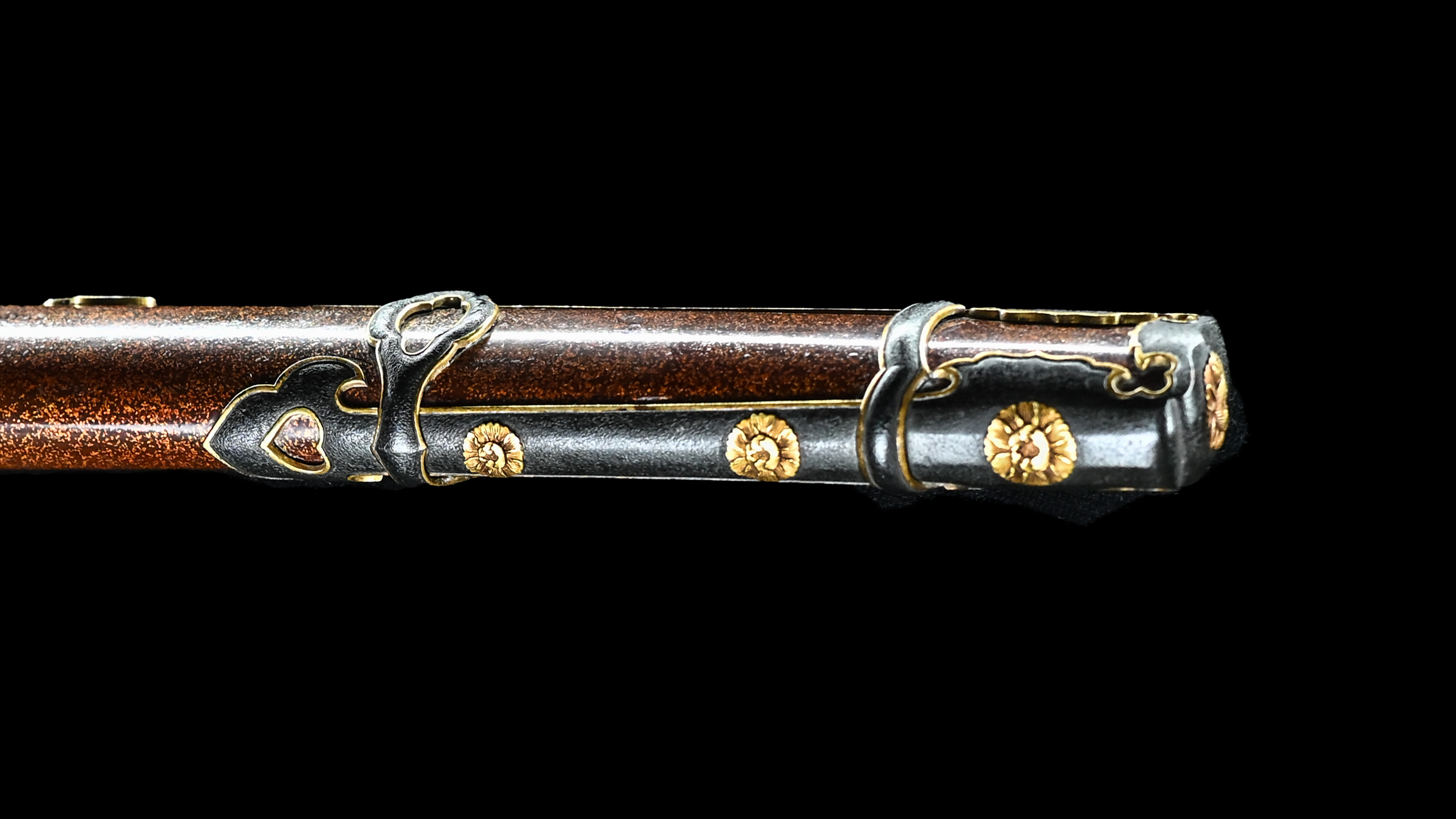
- ZOOM
-
-

- ZOOM
-
-

- ZOOM
-
-

- ZOOM
-